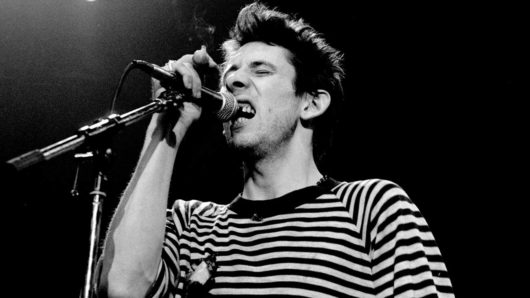As Morrissey himself sang in Paint A Vulgar Picture, the music business is well able to “reissue, repackage and re-evaluate” most bands’ catalogues. Yet, while some compilations are simple runs through an artist’s greatest hits, The Smiths’ Hatful Of Hollow is worthy of consideration as an album in its own right. Originally designed to bridge the gap between the release of The Smiths’ self-titled debut album and its follow-up, Meat Is Murder, this dynamite collection of singles, B-sides and previously unreleased BBC Radio session tracks was compiled with a love and respect that has given it lasting appeal. First released on 12 November 1984, the album climbed to No.7 on the UK charts on its way to going platinum. This track-by-track guide to each of its 16 songs tells us why it remains as essential a listen as any among the best Smiths albums.
Listen to ‘Hatful Of Hollow’ here.
‘Hatful Of Hollow’: A Track-By-Track Guide To Every Song On The Album
William, It Was Really Nothing (single A-side)
At the time of Hatful Of Hollow’s release, William, It Was Really Nothing was The Smiths’ most recent single, reaching a chart peak of No.17. Strongly rumoured to have been inspired by The Associates’ flamboyant frontman, Billy Mackenzie, the song also made for the ideal opener to The Smiths’ first compilation album, capturing the group at their most breezy and effervescent.




